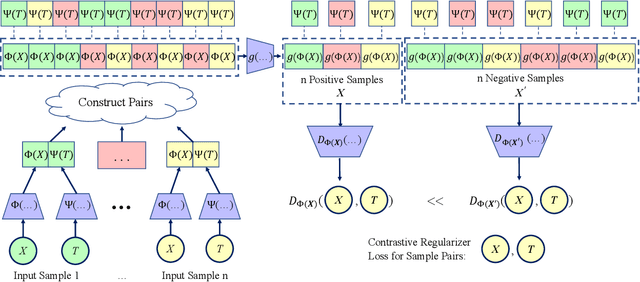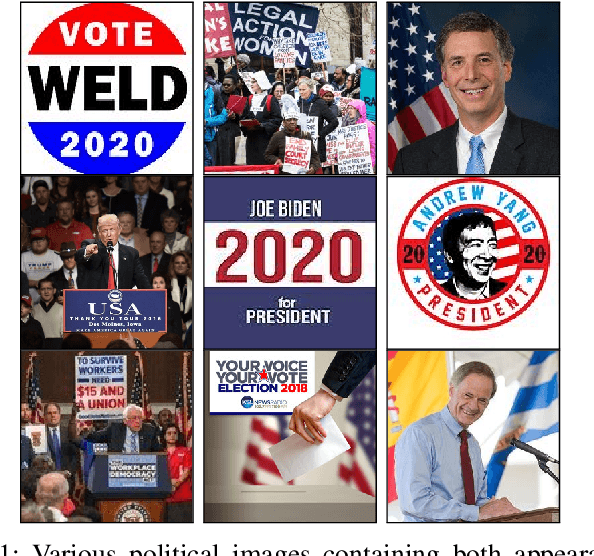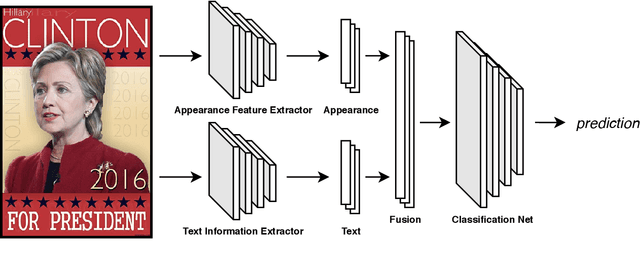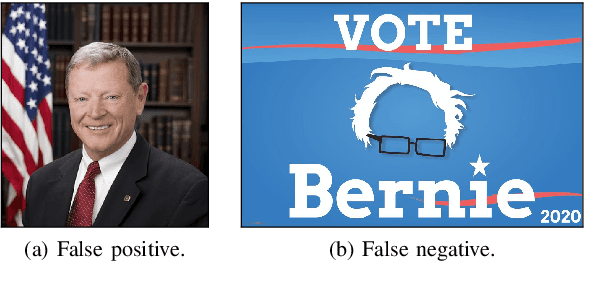Xuan Qin
Contrastive Balancing Representation Learning for Heterogeneous Dose-Response Curves Estimation
Mar 21, 2024



Abstract:Estimating the individuals' potential response to varying treatment doses is crucial for decision-making in areas such as precision medicine and management science. Most recent studies predict counterfactual outcomes by learning a covariate representation that is independent of the treatment variable. However, such independence constraints neglect much of the covariate information that is useful for counterfactual prediction, especially when the treatment variables are continuous. To tackle the above issue, in this paper, we first theoretically demonstrate the importance of the balancing and prognostic representations for unbiased estimation of the heterogeneous dose-response curves, that is, the learned representations are constrained to satisfy the conditional independence between the covariates and both of the treatment variables and the potential responses. Based on this, we propose a novel Contrastive balancing Representation learning Network using a partial distance measure, called CRNet, for estimating the heterogeneous dose-response curves without losing the continuity of treatments. Extensive experiments are conducted on synthetic and real-world datasets demonstrating that our proposal significantly outperforms previous methods.
Political Posters Identification with Appearance-Text Fusion
Dec 19, 2020



Abstract:In this paper, we propose a method that efficiently utilizes appearance features and text vectors to accurately classify political posters from other similar political images. The majority of this work focuses on political posters that are designed to serve as a promotion of a certain political event, and the automated identification of which can lead to the generation of detailed statistics and meets the judgment needs in a variety of areas. Starting with a comprehensive keyword list for politicians and political events, we curate for the first time an effective and practical political poster dataset containing 13K human-labeled political images, including 3K political posters that explicitly support a movement or a campaign. Second, we make a thorough case study for this dataset and analyze common patterns and outliers of political posters. Finally, we propose a model that combines the power of both appearance and text information to classify political posters with significantly high accuracy.
 Add to Chrome
Add to Chrome Add to Firefox
Add to Firefox Add to Edge
Add to Edge